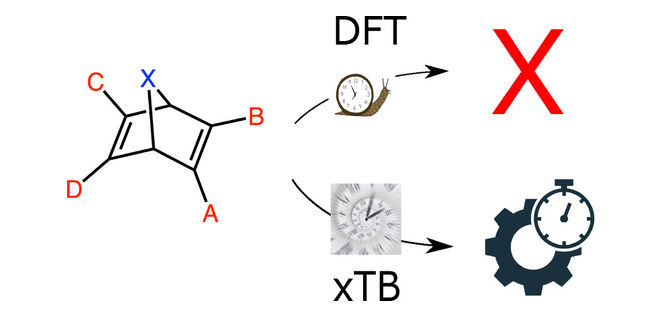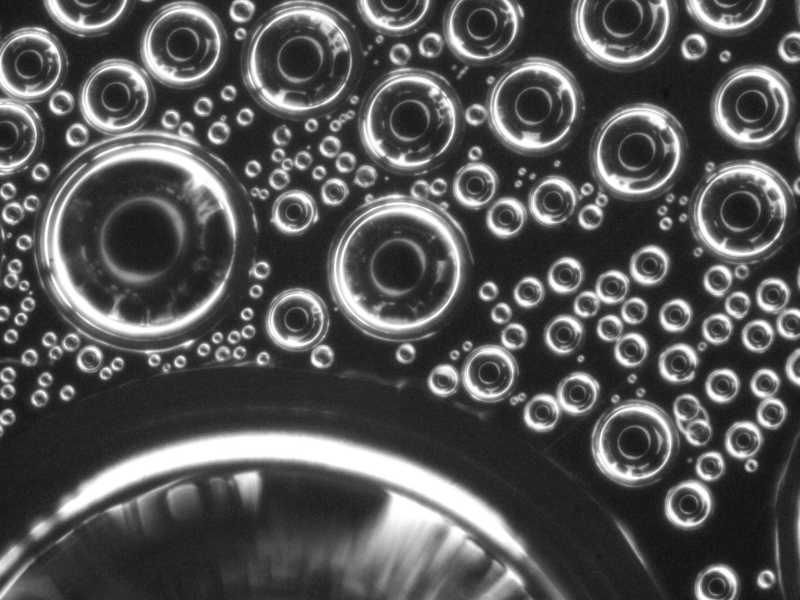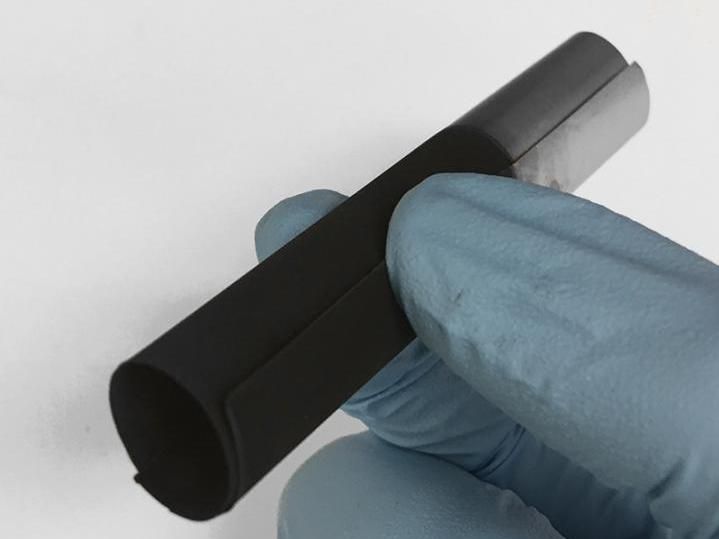Energy Storage in Molecules
Optimizing Molecular Photoswitches for Solar Energy Harvesting
Molecular photoswitches that can both convert and store energy could be used to make solar energy harvesting more efficient. A team of researchers has used a quantum computing method to find a particularly efficient molecular structure for this purpose. As the team describe in the journal Angewandte Chemie, their procedure was based on a dataset of more than 400,000 molecules, which they screened to find the optimum molecular structure for solar energy storage materials.

© Wiley-VCH
At present, solar energy is either used directly to generate electricity, or indirectly via the energy stored in heat reservoirs. A third route could involve first storing the energy from the sun in light-sensitive materials and then releasing it as needed. The EU-backed project MOST (“Molecular Solar Thermal Energy Storage”) is exploring molecules such as photoswitches that can absorb and store solar energy at room temperature to create entirely emission-free utilization of solar energy a reality.
The research teams of Kurt V. Mikkelsen at the University of Copenhagen, (Denmark) and Kasper Moth–Poulsen at the Technical University of Catalonia, Barcelona (Spain), have taken a closer look at the photoswitches best suited for this task. They studied molecules known as bicyclic dienes, which switch to a high-energy state when illuminated. The most prominent example of this bicyclic diene system is known as norbornadiene quadricyclane, but a vast number of similar candidates exist. The researchers explain: “The resulting chemical space consists of approximately 466,000 bicyclic dienes that we have screened for their potential applicability in MOST technology.”
Screening a database of this size is typically done by machine learning, but this requires large amounts of training data based on real-world experiments, which the team did not have. Using a previously developed algorithm and a novel evaluation score, “eta”, the screening and evaluation of the database molecules yielded a clear result: all six of the top scoring molecules differed from the original norbornadiene quadricyclane system at a crucial point in the structure. The researchers concluded that this structural change, an expansion of the molecular bridge between the two carbon rings in the bicyclic part, allowed the new molecules to store more energy than the original norbornadiene.
The researchers’ work demonstrates the potential for optimizing solar energy storage molecules. However, the new molecules must first be synthesized and tested under real conditions. “Even though the systems can be synthetically prepared, there is no guarantee that they are soluble in relevant solvents and that they will actually photoswitch in high yield or at all, as we have assumed in eta,” the authors caution.
Despite this, the team have developed a new, large set of training data for machine learning algorithms and have thus shortened the arduous research step prior to synthesis for chemists tackling such systems in the future. The authors envision this much larger repository of bicyclic dienes coming into its own for research into photoswitches for a variety of applications, potentially making it easier for molecules to be tailored to specific requirements.
Original publication
Original publication
Searching the Chemical Space of Bicyclic Dienes for Molecular Solar Thermal Energy Storage Candidates; Andreas Erbs Hillers-Bendtsen, Jacob Lynge Elholm, Oscar Berlin Obel, Helen Hölzel, Kasper Moth-Poulsen, Kurt V. Mikkelsen; Angewandte Chemie International Edition; 2023
Organizations
Other news from the department science

Get the chemical industry in your inbox
By submitting this form you agree that LUMITOS AG will send you the newsletter(s) selected above by email. Your data will not be passed on to third parties. Your data will be stored and processed in accordance with our data protection regulations. LUMITOS may contact you by email for the purpose of advertising or market and opinion surveys. You can revoke your consent at any time without giving reasons to LUMITOS AG, Ernst-Augustin-Str. 2, 12489 Berlin, Germany or by e-mail at revoke@lumitos.com with effect for the future. In addition, each email contains a link to unsubscribe from the corresponding newsletter.
Most read news
More news from our other portals
Last viewed contents

Small droplets grow differently - Initially, there is an unexpected growth spurt when droplets grow from moisture condensing on a surface
New catalyst paves way for carbon neutral fuel

Executive Director of FIZ CHEMIE to be General Secretary of IUPAC

Electroplating delivers high-energy, high-power batteries
DKSH opens sales office in Sri Lanka and accomplishes major expansion into the Indian subcontinent





























































